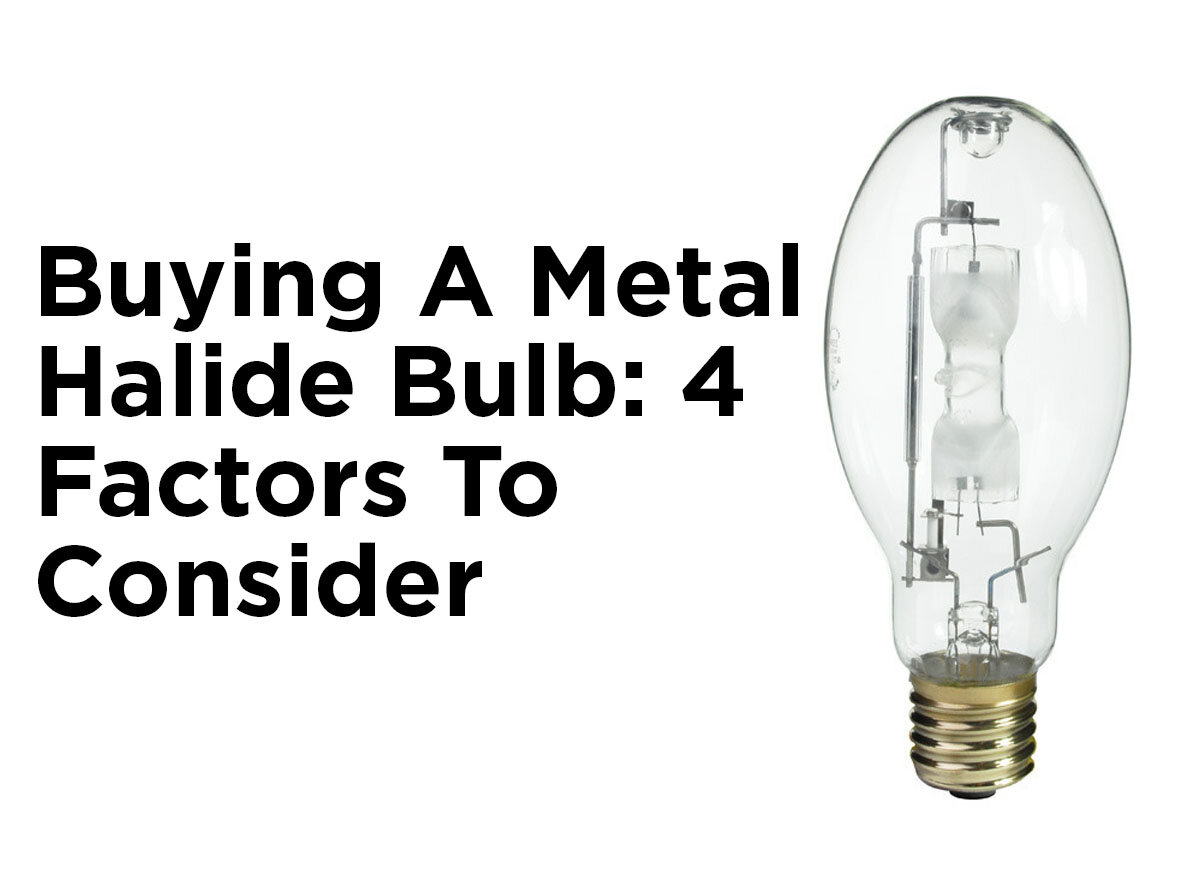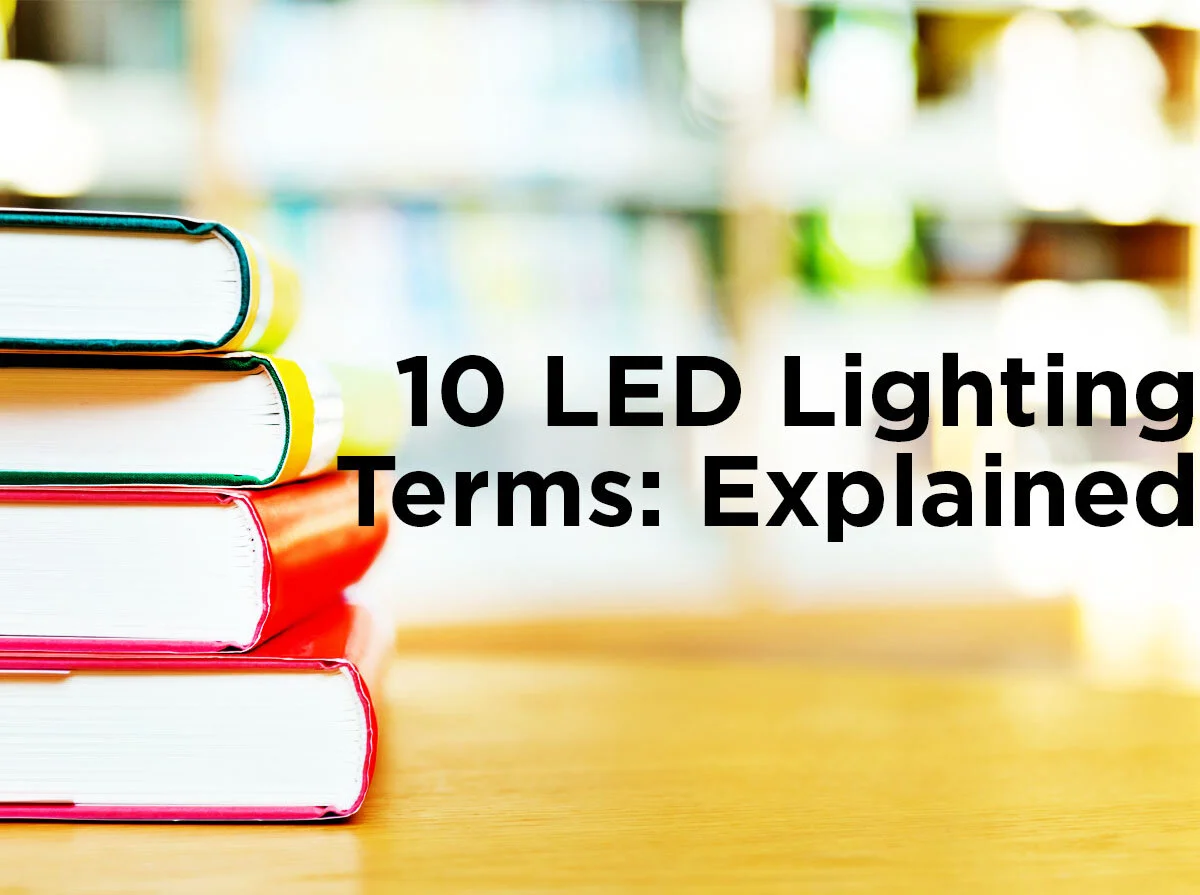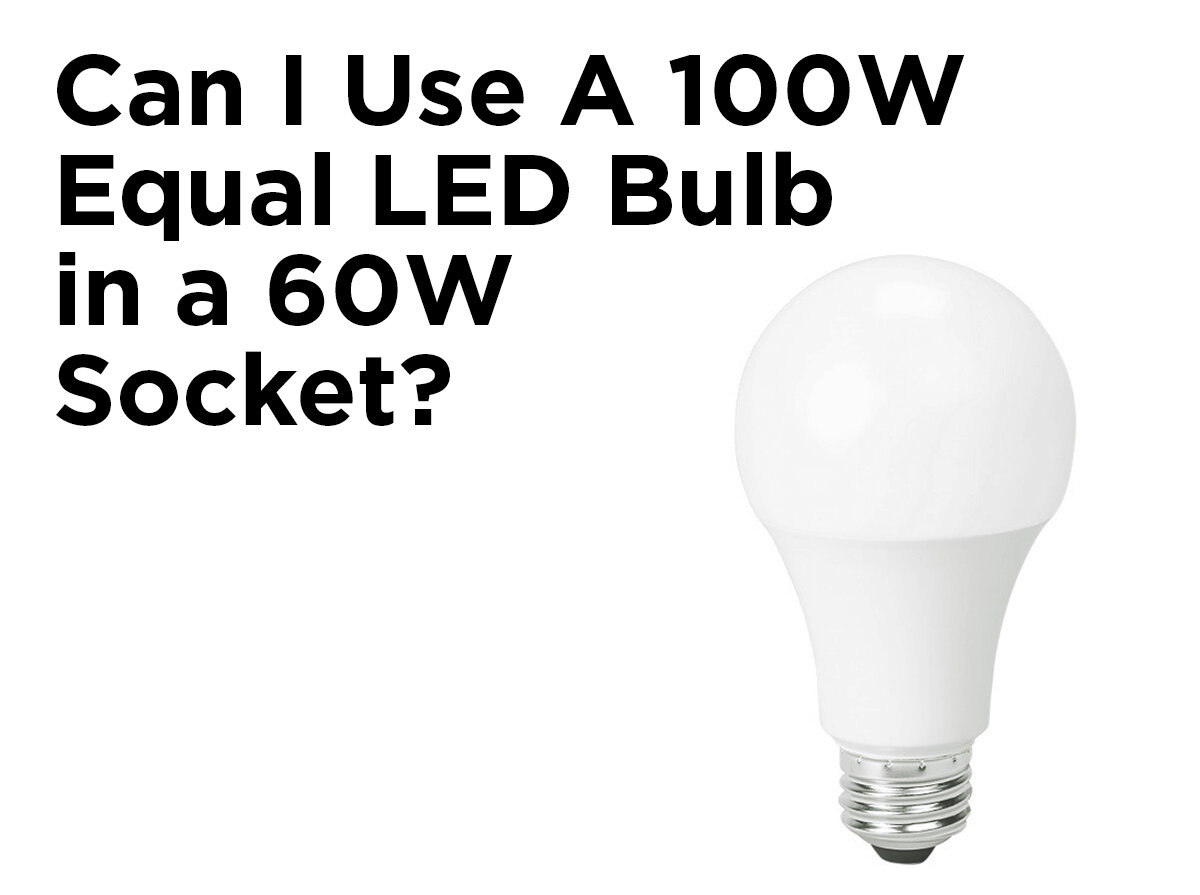Buying a Metal Halide Bulb: 4 Factors to Consider
Metal halide (MH) bulbs are a popular type of high-intensity discharge (HID) lamp. Metal halide bulbs emit very powerful, bright white light and generally have a higher color-rendering index (CRI) than other HIDs. They can be used either indoors or outdoors but are best used in applications that take advantage of their energy efficiency and high CRIs, such as parking lots, sports game lighting and automotive headlamps. There are many kinds of metal halide bulbs, along with many industry terms that may make it difficult to select the bulb you need. That's why in this week’s entry, we define and discuss some important factors you should consider when purchasing a new HID metal halide light bulb.
1. Probe Start vs. Pulse Start
A primary factor to consider when purchasing a new MH bulb is whether it contains probe start or pulse start technology. MH bulbs, like all HID bulbs, require a ballast to operate and are designed to use a compatible ballast which works with one of these two start methods. Traditional MH bulbs are designed to operate on ballasts using probe start technology, while newer lamps use more efficient pulse start technology. So what are the differences between these technologies?
Probe start MH lamps and ballast systems use older technology and are cheaper. To operate, they use three electrodes (one starting probe electrode and two operating electrodes) to ignite the gas and keep the lamp lit. A big drawback of probe start lamps is that every time the lamp is turned on, tungsten sputters from the electrodes. Over the lamp life, this tungsten can cause the arc tube wall to blacken, thus reducing performance of the lamp.
Pulse start MH lamps and ballast systems are newer to the market and are more expensive. Unlike probe start lamps, they do not have the starting probe electrode and instead use the two operating electrodes together with a high voltage ignitor, which is located inside the ballast pod. Using the ignitor reduces the tungsten sputtering by heating up the electrodes faster during starting, also causing the lamps using this technology to have a reduced warm-up time. Pulse start technology is designed to increase lamp life as well as to have both the energy efficacies of high-pressure sodium (HPS) lamps and the desirable color characteristics of MH lamps.
2. Protected vs. Unprotected Arc Tubes
A second factor to consider when buying a new metal halide is whether it contains a protected or an unprotected arc tube. All HIDs produce light by means of an electric arc that flows inside a clear arc tube, which is filled with gas and metal salts. Once the bulb is turned on, the arc starts, heats, and evaporates the metal salts, thereby forming plasma that increases the intensity of the light and reduces the bulb’s power consumption. In a metal halide lamp, this arc tube can be either protected or unprotected.
Protected arc
MH bulbs with a protected arc have a hardened casing around the arc and can be used in either enclosed or open rated fixtures. They have a smaller neck before it flanges out to allow multiple installation applications. There is a special reason for the protected arc: as metal halide lamps age, they have a tendency for a “non-passive end of lamp life.” In other words, they can explode. The protection around the arc is there to contain the ruptured arc tube in the event of a non-passive end of lamp life.
Unprotected Arc
Meanwhile, MH bulbs with an unprotected arc can only be used in enclosed fixtures which would be able to contain a possible ruptured arc tube. The bases of bulbs with an unprotected arc are wider and closer to the wires inside. They are a little cheaper and safe to use so long as they are used appropriately in an enclosed fixture.
3. Quartz vs. Ceramic Arc Tubes
The third important factor to think about when it comes to selecting a metal halide bulb also regards the arc tubes. In a metal halide lamp, the arc tube can be made of either quartz or ceramic materials. Quartz is used in traditional metal halide lamps. Quartz tubes are perfectly acceptable for lower wattage MH bulbs that don’t need to be operated at high temperatures. However, newer ceramic arc tubes do allow higher wattage MH bulbs and arc tube temperatures, which manufacturers claim also results in better efficacy, color rendering, and color stability.
4. Burn Position
The fourth and final major factor to consider when buying a new metal halide HID lamp is its burn position. Certain MH lamps can only be operated in a specified angle, meaning that a lamp may operate less efficiently if facing the wrong direction. A lamp may have a horizontal, vertical (often separated as base up or base down), or universal (it can be operated at any angle) burn position. Sometimes, a particular degree is specified, as seen in the chart below.
Of course, there are a plethora of other considerations that can help you choose the metal halide bulb you need. Other considerations include application, bulb shape and size, base type, lumens, wattage, color temperature, and more. However, the factors we outlined will hopefully answer your more burning questions regarding the less-known terms on your MH bulb data sheet. If you have more questions, feel free to ask in the comments or reach out to us via Facebook, Twitter, LinkedIn or Pinterest!









